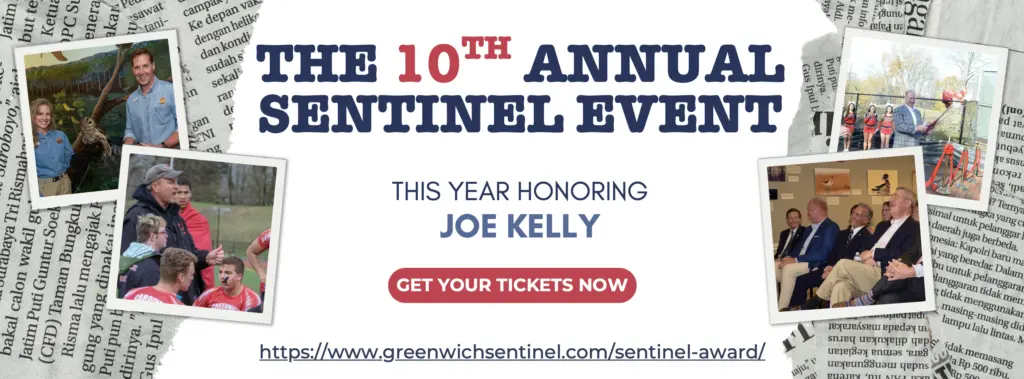

By: Jim Knox
Wildly Successful: Humans
I have a complicated relationship with tigers. More than 20 years ago I was drawn to work with them. I leapt at the opportunity! Upon caring for these greatest of the great cats, I came to appreciate the unmatched power they commanded and the visceral fear they could incite with the fix of their gaze and the wrinkle of their facial fur as they retracted their flanges over 3-inch canines.
Then, there was the roar—the terror-inducing voice of all things wild and unconquerable. It rooted me to the ground and let me know that there were beasts far greater than any single human. Yet for the terror the tiger inspired in me, there was another, even more powerful emotion it conjured—awe. The tiger was perhaps the most majestic creature I’d ever beheld. Infinitely powerful and beautiful, it roamed the forests of my mind without rival. Over time I came to appreciate the nuances of the cats; their distinct personalities and habits, and with them, a new perspective.
As a species, we’ve come to know the tiger’s hallmark ferocity and, while it’s truly at the core of the tiger’s nature, what is often lost is the why behind the snarl and the roar. Aside from their first two years spent at mom’s side, a tiger’s life is a solo act. To some perhaps, the tiger’s roar is a futile attempt to drown out the silence of a life unaccompanied. The roar is the voice of an animal who must proclaim territory and intimidate rivals without backup. It goes on the offensive because a tiger has no companions to defend it.
There are others who adopt a different strategy altogether. Black-tailed Prairie Dogs are large ground squirrels who give the word gregarious a new meaning. The largest known prairie dog town in Texas was larger than our home state of Connecticut and held a population estimated at more than 400 million animals! Yes, that’s no typo. So how do these creatures live in such vast numbers to survive and thrive?
Prairie dog society doesn’t just value coexistence and cohabitation, it absolutely relies upon it. Yet it does so with very stringent rules. The only way for these creatures to share precious food and space resources is to adhere to protocols. On the literal and figurative surface, these small mammals appear stacked on top of each other. Yet the reality is that they maintain their own unique and highly effective form of social distancing. Specifically, they are divided up into wards and coteries. Wards are prairie dog versions of neighborhoods and coteries are the family units within those neighborhoods. These industrious little mammals excavate specialized burrows for specific purposes; some for latrines, others for nurseries for their young, still others for pantries designated strictly for food storage. In short, the prairie dogs’ tremendous success and resilience is directly linked to adherence to its societal rules.
They face dangers too—Black-footed Ferrets, Golden Eagles and badgers to name a few, and they have sentries who monitor the colony for the appearance of threats to their health. These sentries give barking calls to warn the others—hence the name prairie dogs. In the process these sentries save lives.
Prairie dog society isn’t perfect. Like us humans, they are known to posture, squabble and on occasion, fight. Despite the flare ups which inevitably occur, the strength of the colony is derived from the strength of the individual, which is leveraged and amplified. These tough and admirable beasts rely heavily on the family unit to govern itself within the ward, just as the ward governs itself within the colony. All of this is predicated upon the individual observing the protocols of the society: giving her/his neighbors space, fulfilling specific roles at different times and working cohesively with those around them.
Us humans, we’re quite a bit different than tigers. Much smaller, far slower and infinitely weaker, we couldn’t possibly match this beast. How did we ever survive the forests of antiquity? For all of our physical limitations, we possess something the tiger does not. Specifically, we are social creatures. The detailed answer lies in our parallels to those adorable prairie dogs. Surviving and thriving in societies of hundreds of millions is no accident. Cooperation and teamwork is in our DNA. It’s what we do and do so very well.
In these trying times, uncertainty can creep into our thoughts and cloud our resolve. In nature we find the answer to innumerable challenges that vex us. While the prairie dog has so much to share—so much it can teach us, there is yet another species that is even more resilient and worthy of emulation. These creatures are more resourceful than all others. As tenacious as they are inventive, they grow solutions from soil which is fertile with problems. And, these creatures have a name. We call them…humans.





